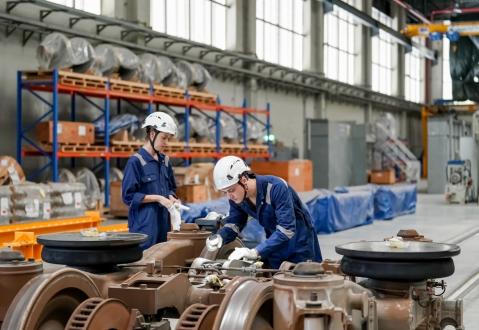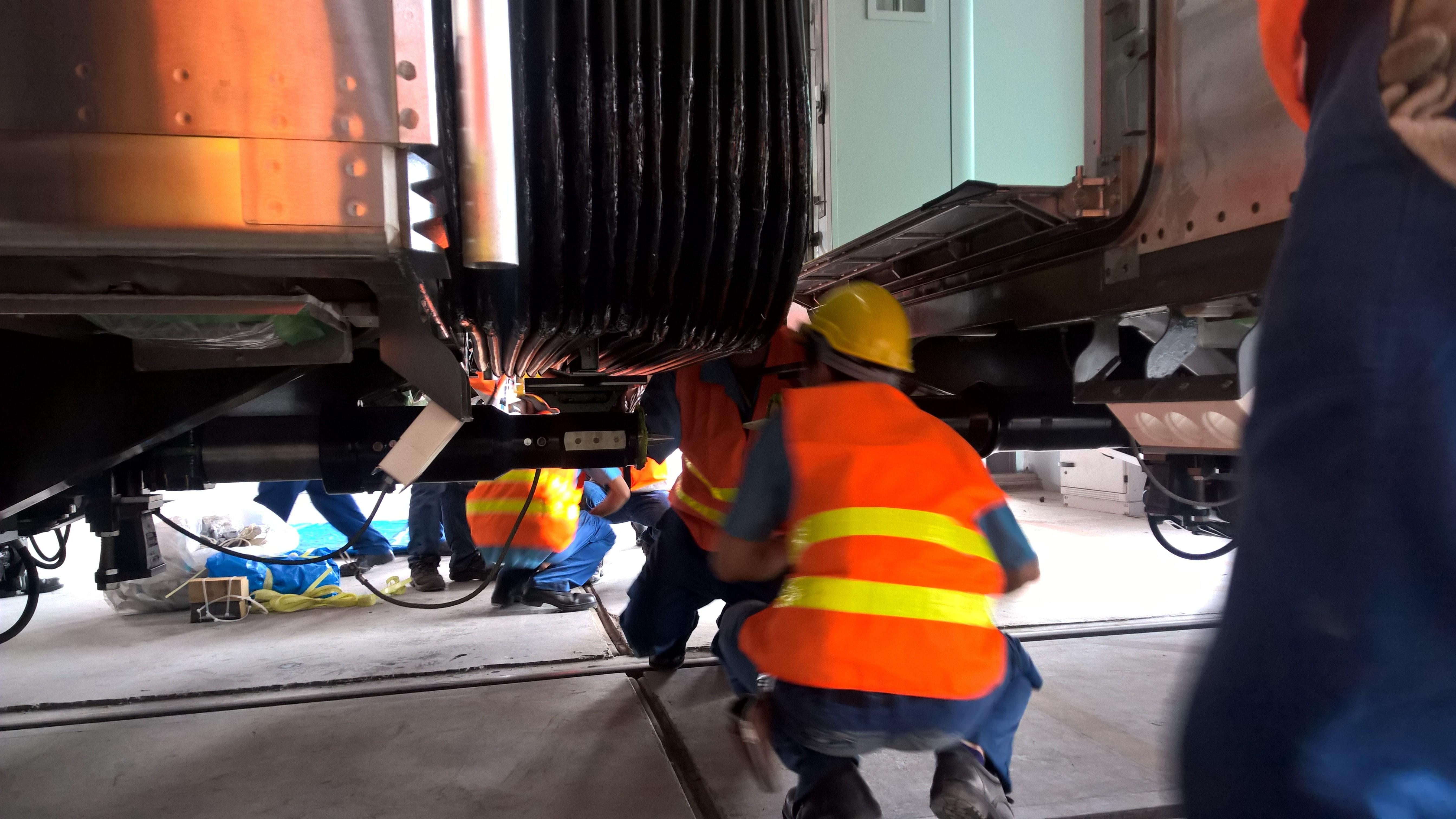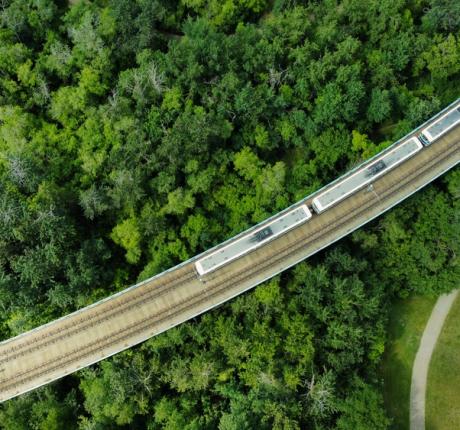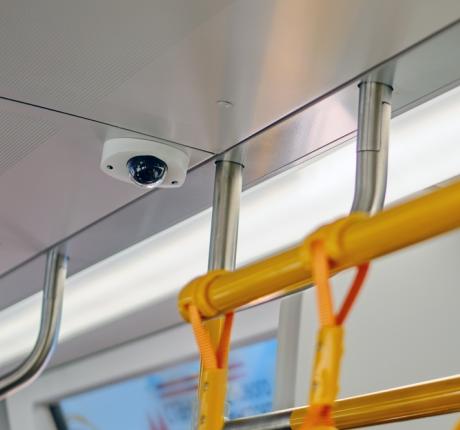
Condition Based maintenance in Rail, the common questions
When we at Televic talk with train operating companies about the business case for Condition Based Maintenance there are a number of questions we often hear. Questions that demonstrate a wish to know more details beyond the marketing information and a desire to know more in-depth details.
Now, here are 8 frequently asked questions on Condition Based Maintenance in rail.
Stay up-to-date! Subscribe to our news today.

1. What is Condition Based Maintenance (CBM)?
Condition Based Maintenance is a maintenance strategy to monitor the real-time condition of tracks and trains. This results in large data sets that give away key information for efficiency gains.
- Do what is needed, not what is scheduled
- Do it before it breaks
- Do only what is necessary
2. Is a Condition Based Maintenance system hardware or software?
In simple terms it is both. Although the analysis software is vital it can do nothing without the sensors that provide the data. They are complimentary to one another. An efficient system must contain five elements:
- Hardware. On board data collection sensors operating continuously at all speeds
- Bogie mounted local software undertaking constant analysis via on board algorithms
- Train to off board encrypted secure communication technology
- Data combination protocols, the adding of that data to the wider fleet and perhaps even other operators fleets for Big Data deep analysis
- Customized dashboards so that the right information is sent to the right person in the right format.
3. Why is continuous monitoring so important?
To correctly analyse both track and bogie component status it is vital that the sensors are operating at all speeds and under all operational conditions.
For example a train travelling at 200KPH will cover 55 meters of track in just one second, in one minute it will pass over 3,300 meters. If during that period the sensor is performing another task such as power generation, data analysis or communication rather than taking measurements the entire section of track will be missed. The sensor and the entire Condition Based Maintenance system is blind during those periods meaning key indicators potentially being missed such as a high G momentary impact, a brief temperature spike or can even have safety implications such as in the case of bogie instability where a bogie anomaly can quickly develop.
The sensors must be able to sample continuously and at all operational speeds and the most effective Condition Based Maintenance systems are those which are ‘fed’ with the largest amount of data.
4. What is Trend Analysis?
Trend analysis tries to predict the maintenance efforts needed in the future based on recently observed trend data. Trend analysis is based on the idea that what has happened in the past gives key information on what will happen in the future.
5. What is the benefit of Trend Analysis?
Data should never be taken in isolation when used for Condition Based Maintenance, but always as part of a wider long term data set. Bearing wear for example can be tracked through a series of stages during its operational life. Accurately predicting failure and making recommendations for replacement is only possible if the full data set is available to analyse.
In addition it is important to be aware that all data is liable to sampling error, in particular if coarse sampling methods are used such as only during certain times of the train operation and the risks of monotonic trends as a result of climate conditions or other environmental factors such as location variables.
6. What is Edge Processing?
Edge Processing means that the initial processing of data can be managed at the bogie itself. The more processing you can do at the bogie, the less information you need to send to the cloud. The control center only needs to know certain pieces of information, for example to schedule maintenance.
7. What are the benefits of Edge Processing?
By having the ability to conduct the initial processing of data at the bogie the operator gains a number of advantages. For example:
- the train crew can receive an immediate warning of any safety critical problem,
- the quantity of data communicated off the train and into the cloud is smaller with the subsequent security advantages and lower communication cost benefits,
- Edge processing allows the system to decide which data needs to be retained and which can be discarded.
8. What difference for example with wheel re-profiling would we see with a Condition Based Maintenance system?
Wheel flats and general wheel wear are a good example of an area where Condition Based Maintenance can make a major difference to maintenance costs and fleet availability. A wheel flat problem can be identified immediately without the need for time consuming human inspection at the end of an operational day, the data will also indicate where the problem emanated from so local track conditions can be identified.
Rail wheels wear slowly and could be expected to last for ten years or more based on normal wear considerations. They are, however, also subject to tread damage caused by wheel slide events, rolling contact fatigue and flange wear.
Most operators base their inspections on distance covered but with variations for track condition, weather and seasonal variations however none of this allows for the real time continuous monitoring offered by a Condition Based Maintenance system. New train installations in regions where no historical data exists (such as the Middle East) often result in expensive over maintenance as operators take a risk adverse approach while Condition Based Maintenance will ensure only the reprofiling that is required will be carried out.



